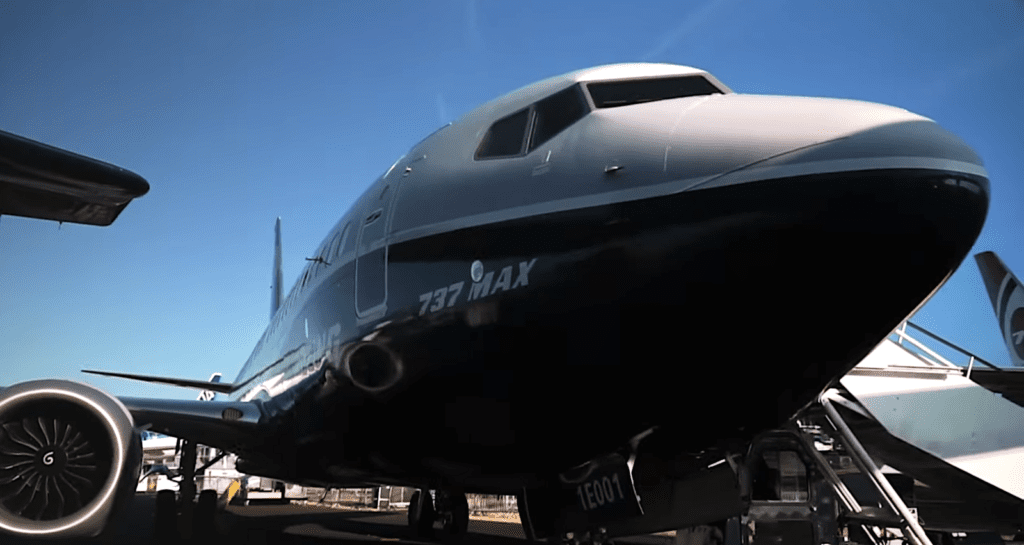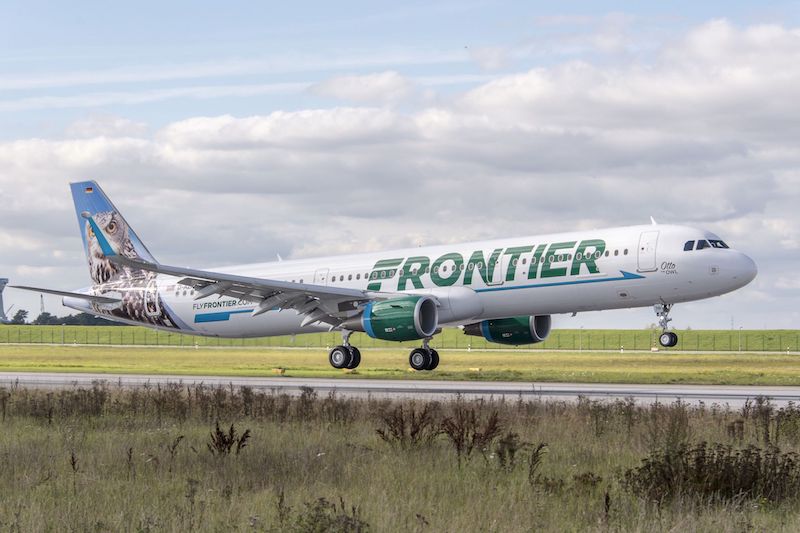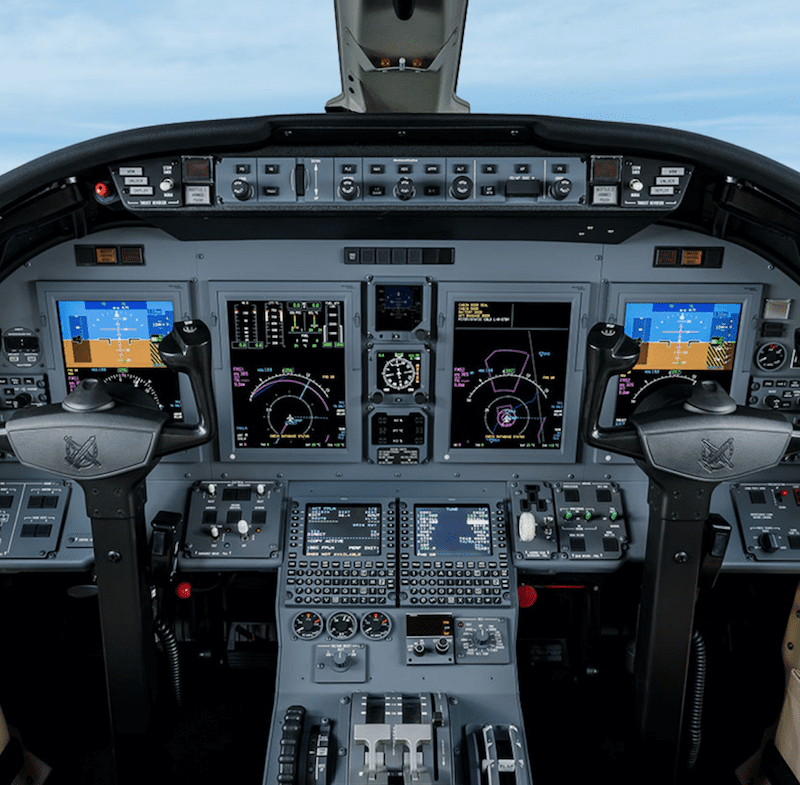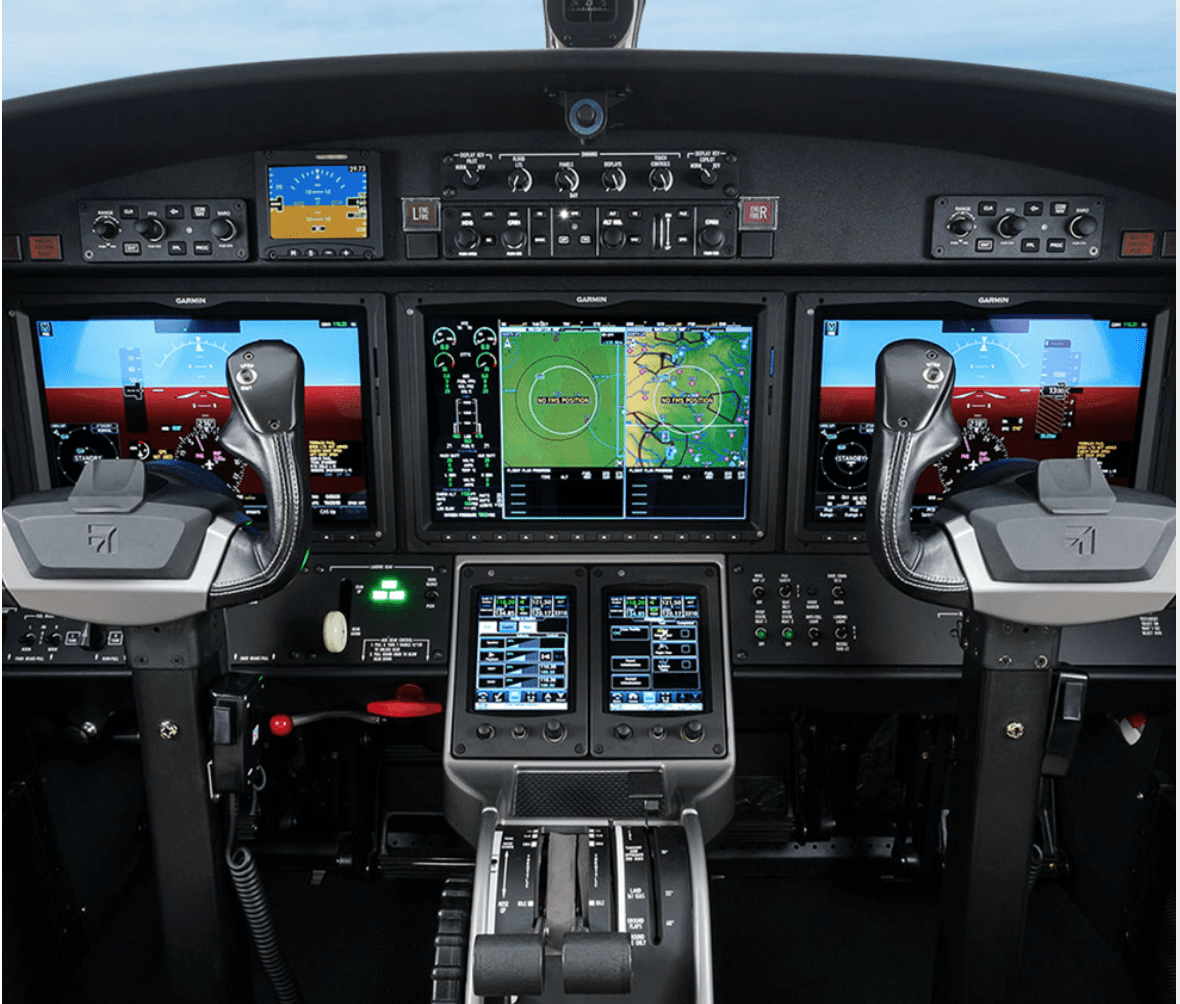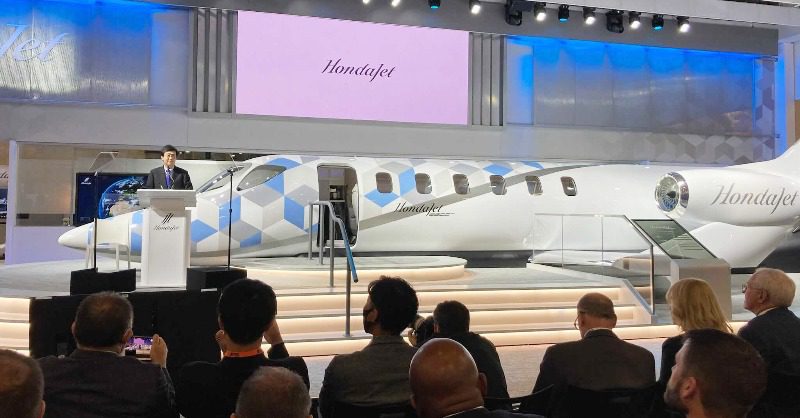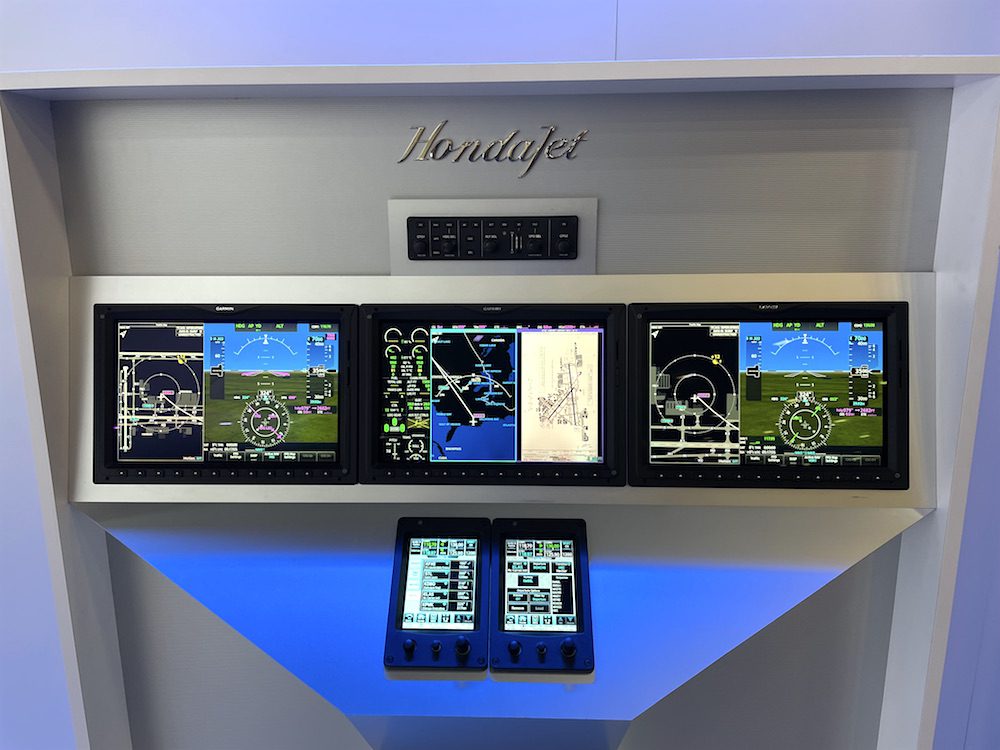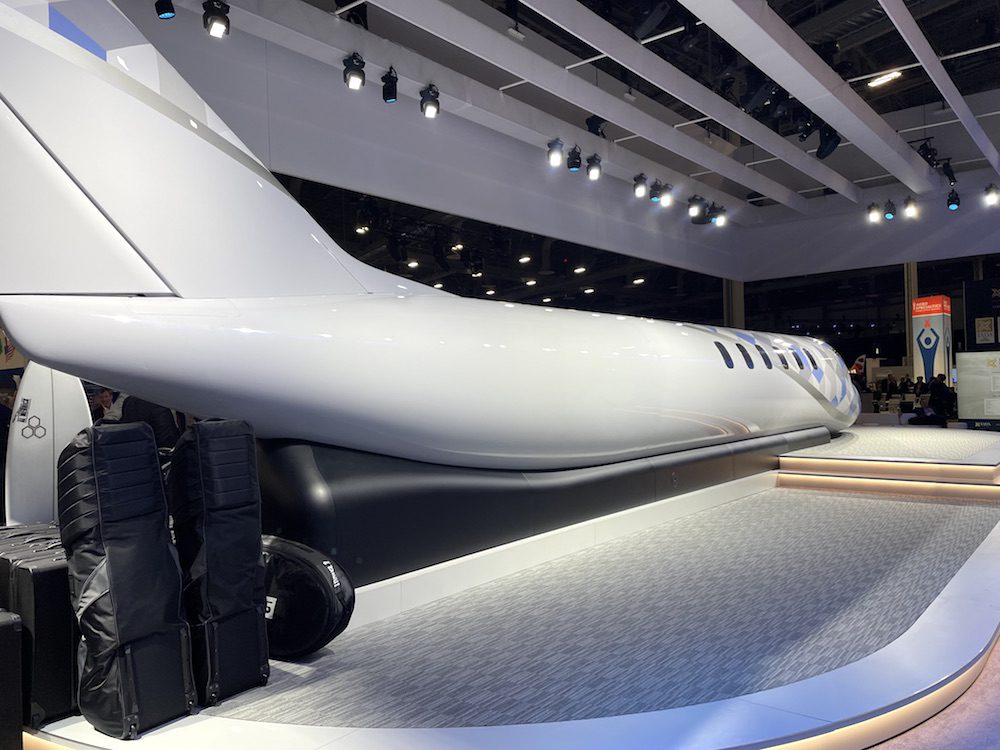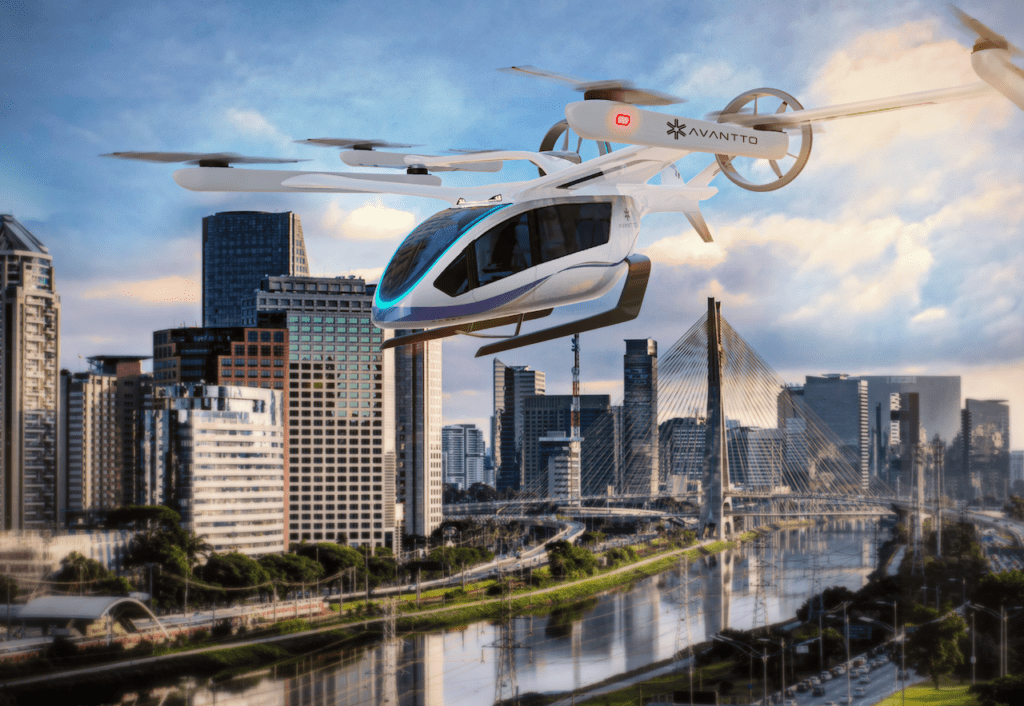In-flight Review of SmartSky’s Connectivity: Slack Calling and Live Streaming at 35,000 Feet
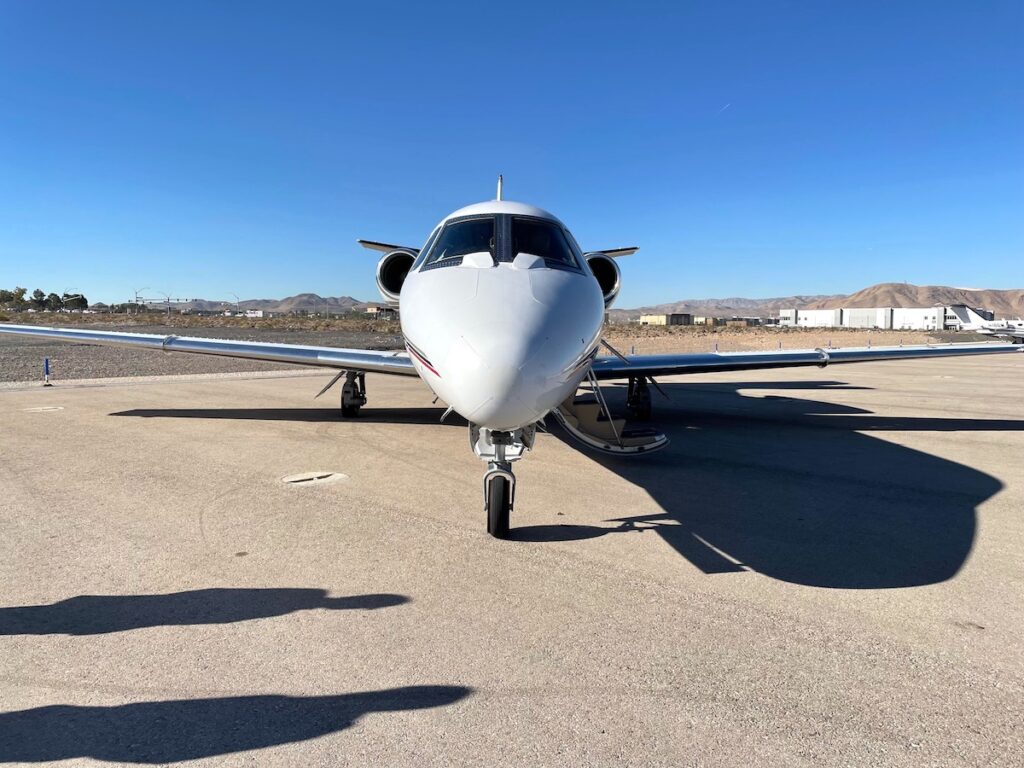
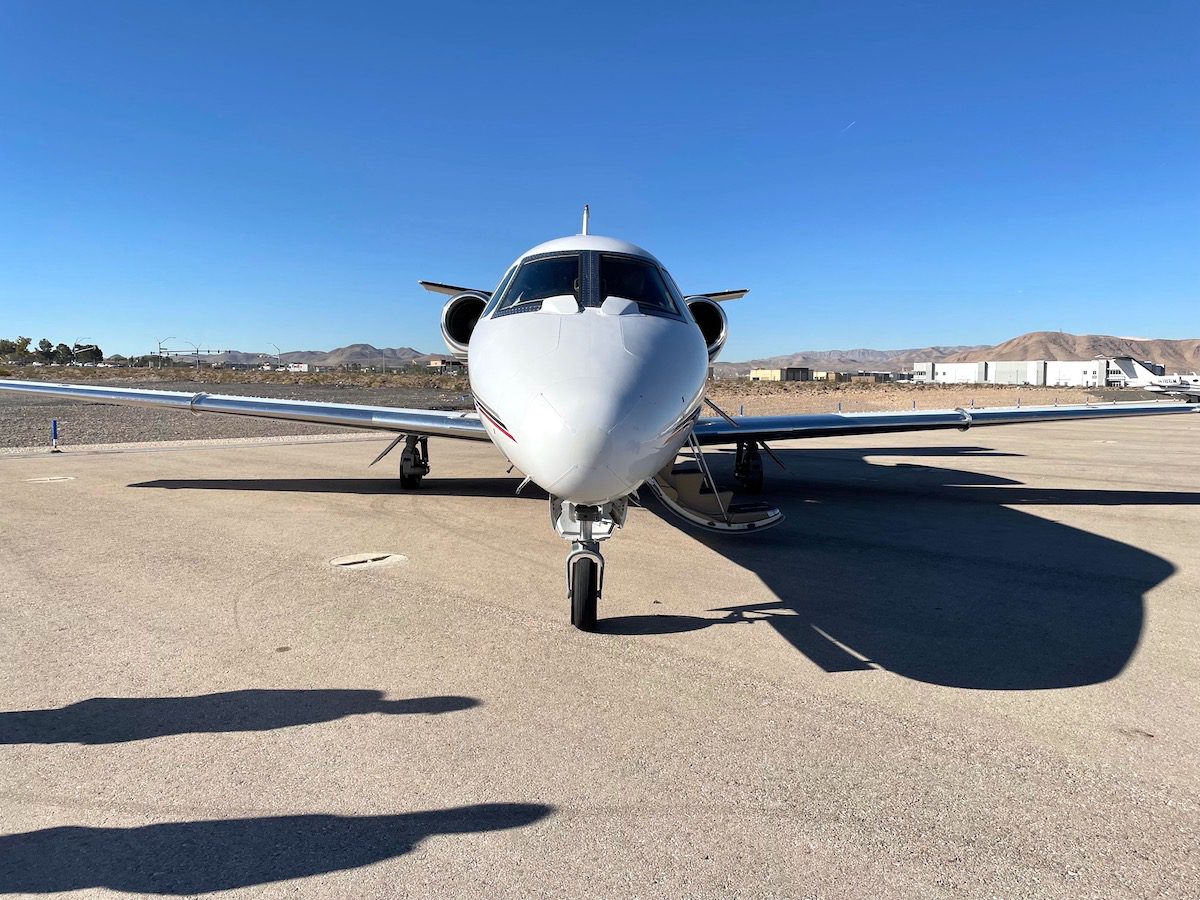
SmartSky’s demonstration aircraft, a Citation Excel provided demonstration flight’s of the company’s new in-flight connectivity network during NBAA BACE 2021 in Las Vegas.
On the final day of the 2021 National Business Aviation Association (NBAA) Business Aviation Conference and Exhibition (BACE), I participated in a demonstration flight of the SmartSkyNetworks in-flight connectivity (IFC) network poised to become available in U.S. airspace next year. Here, I provide a brief review of how SmartSky’s IFC allowed me to stream live YouTube channels, complete slack calls and face-time among other things at 35,000 feet over Las Vegas.
Arriving at Henderson Executive Airport at 8:00 AM, I joined five other passengers and two pilots for a one-hour flight on SmartSky’s Citation Excel, a sleek and clean private jet inside and out.
Prior to boarding, Ryan Stone, president of SmartSky Networks pointed to the SmartSky Networks receive and transmit antennas, both affixed to the bottom of the fuselage and showed us the Honeywell GoDirect Router that was being used to enable Wi-Fi in-flight.
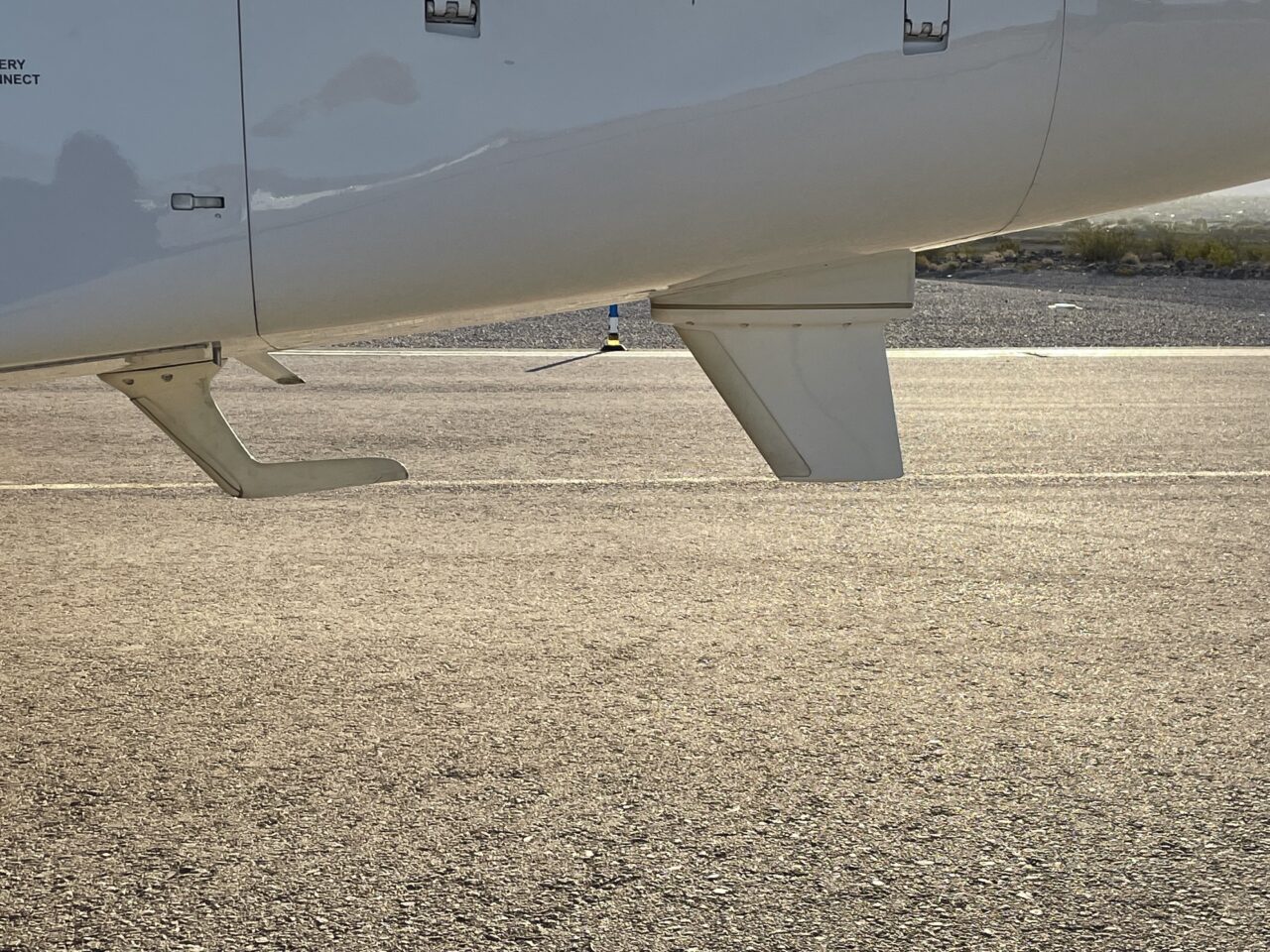
SmartSky’s receive and transmit antennas are installed on the bottom of the Citation’s fuselage.
Once onboard, I first ensured that my smartphone — a 5G iPhone 12 — had Wi-Fi calling enabled as instructed by Stone. At 10,000 feet, I was able to instantly connect to the SmartSky in-flight Wi-Fi network, which required no sign-in, registration or passcodes.
Basic web surfing, such as jumping around to different websites on the iPhone was seamless with loading times similar to those I’m used to on the ground. My first bandwidth intensive application of choice was Slack, which I primarily use to text chat and video-call co-workers. My first Slack video call was to Phyllis Abkin, my co-worker and Human Resources director who answered the call at her home office in Rockville, Maryland. We had a 10-minute video call, where I showed her around the interior of the aircraft and an out-of-the window view. After that, I immediately placed another Slack video call to another co-worker, Mark Holmes, editor-in-chief of Via Satellite, from his home office in U.K., just outside of London.
While the call to Mark was a little choppier and more difficult for him to hear me, I had the same crystal clear view on my end of Mark’s home office that I usually see when calling him on the ground. Some interruptions such as this could of course be expected considering SmartSky is still finalizing its network and expects to have 80 percent of business jet routes in U.S. airspace covered by the end of the year.
Next, I completed two FaceTime calls for five minutes each with two of my other co-workers, our group publisher Brian Nessen and director of business development, David Sheehan, who were both inside the Las Vegas Convention Center at the 2021 NBAA Press Room. Brian and Dave both commented on how crystal clear the connection was, I kept each of those calls to five minutes each.
I followed the FaceTime calls with about 10 minutes of live-streaming the YouTube channel of NBC News Now, which broadcasts live 24/7, another task that allowed the network to prove it was capable to live streaming video consistently and seamlessly.
My final in-flight application of choice came through a brief Twitter live-stream that was also flawless and consistent, in fact the most challenging aspect of that stream was finding the actual Twitter live-stream functionality in their app, another task that SmartSky’s bandwidth carried through flawlessly.
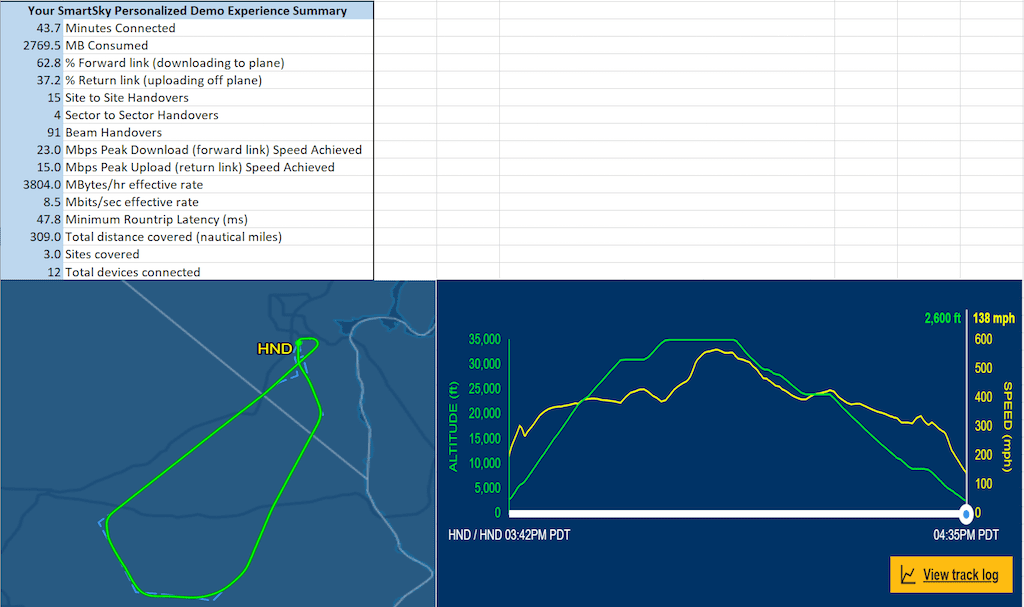
An overview of the in-flight data consumption that occurred during my SmartSky demo flight.
Keep in mind, while, doing the above-mentioned streams, there were five other passengers simultaneously connected to the network, all combined there were 14 devices connected, including a mix of tablets, smartphones and laptops. At one point in the flight, while I was on one of the Slack calls, Stone was using his laptop to show us SmoothSky, their real time in-flight turbulence data service for business aviation. He also uploaded the 25 MB video below of everyone using their devices in-flight.
Back on the ground, Stone instantly provided us with an overview of how much data was consumed in-flight through a cloud-based download performed by SmartSky’s data center that instantly emails a per-flight data download. Over the course of 46 minutes, we consumed about 1.1 GB of data, 1.1 GB of data from the ground to the air and transmitted off the plane about 670 MB. On an hourly basis, this would have been 2.2 GB/hour, according to Stone.
The post In-flight Review of SmartSky’s Connectivity: Slack Calling and Live Streaming at 35,000 Feet appeared first on Aviation Today.
—————
Boost Internet Speed–
Free Business Hosting–
Free Email Account–
Dropcatch–
Free Secure Email–
Secure Email–
Cheap VOIP Calls–
Free Hosting–
Boost Inflight Wifi–
Premium Domains–
Free Domains








